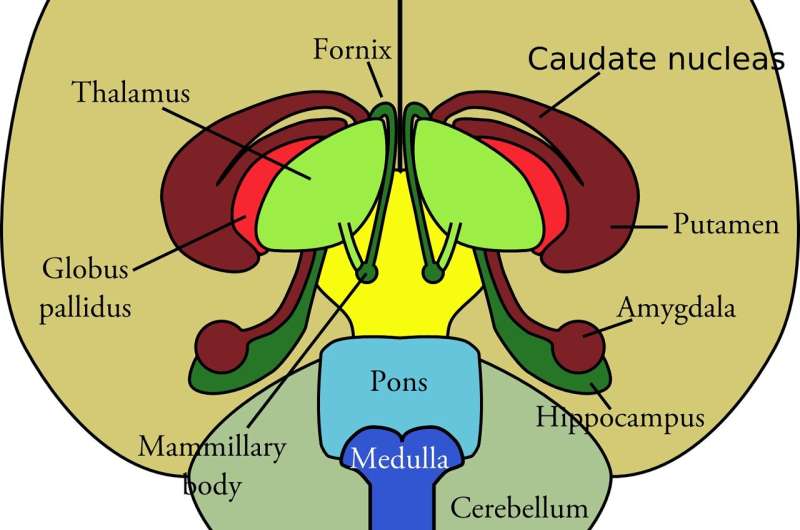Home » Health News »
A novel function of the ventral lateral preoptic area of the hypothalamus in inducing arousal

Deep within the intricate realms of the brain, a crucial component called the hypothalamus serves as a vital regulator of homeostasis. Within this remarkable structure, two distinct regions are found to be responsible for sleep and wakefulness: the preoptic area (POA) and the lateral hypothalamus (LHA), respectively.
Specifically, the ventral lateral preoptic area (VLPO) in the preoptic area houses neurons known as VLPOGABA and VLPOGAL neurons, which produce gamma-aminobutyric acid and galanin (GAL) to promote sleep. Alternatively, the LHA harbors orexin neurons that play a crucial role in sustaining wakefulness. Together, these interconnected regions within the hypothalamus delicately balance restful slumber and vigilant wakefulness.
In a study using mice, researchers made the following intriguing discovery: VLPOGABA and VLPOGAL neurons form direct connections, or synapses, with orexin neurons in the LHA. Additionally, they identified numerous groups of neurons that project to VLPOGABA and VLPOGAL neurons and are thought to regulate their activity. Notably, these neuron groups were most prominent in the preoptic area and LHA.
Furthermore, when researchers artificially stimulated only the neural circuits connecting VLPOGABA neurons to the LHA, they observed the induction of arousal instead of sleep, challenging previous assumptions. Their study sheds light on the role of the coupling between VLPO and LHA in regulating sleep and wakefulness, unveiling a previously unknown function of the neural circuit connecting these two regions in controlling wakefulness.
The findings are published in The Journal of Neuroscience.
More information:
Kseniia Prokofeva et al, Structure and Function of Neuronal Circuits Linking Ventrolateral Preoptic Nucleus and Lateral Hypothalamic Area, The Journal of Neuroscience (2023). DOI: 10.1523/JNEUROSCI.1913-22.2023
Journal information:
Journal of Neuroscience
Source: Read Full Article


